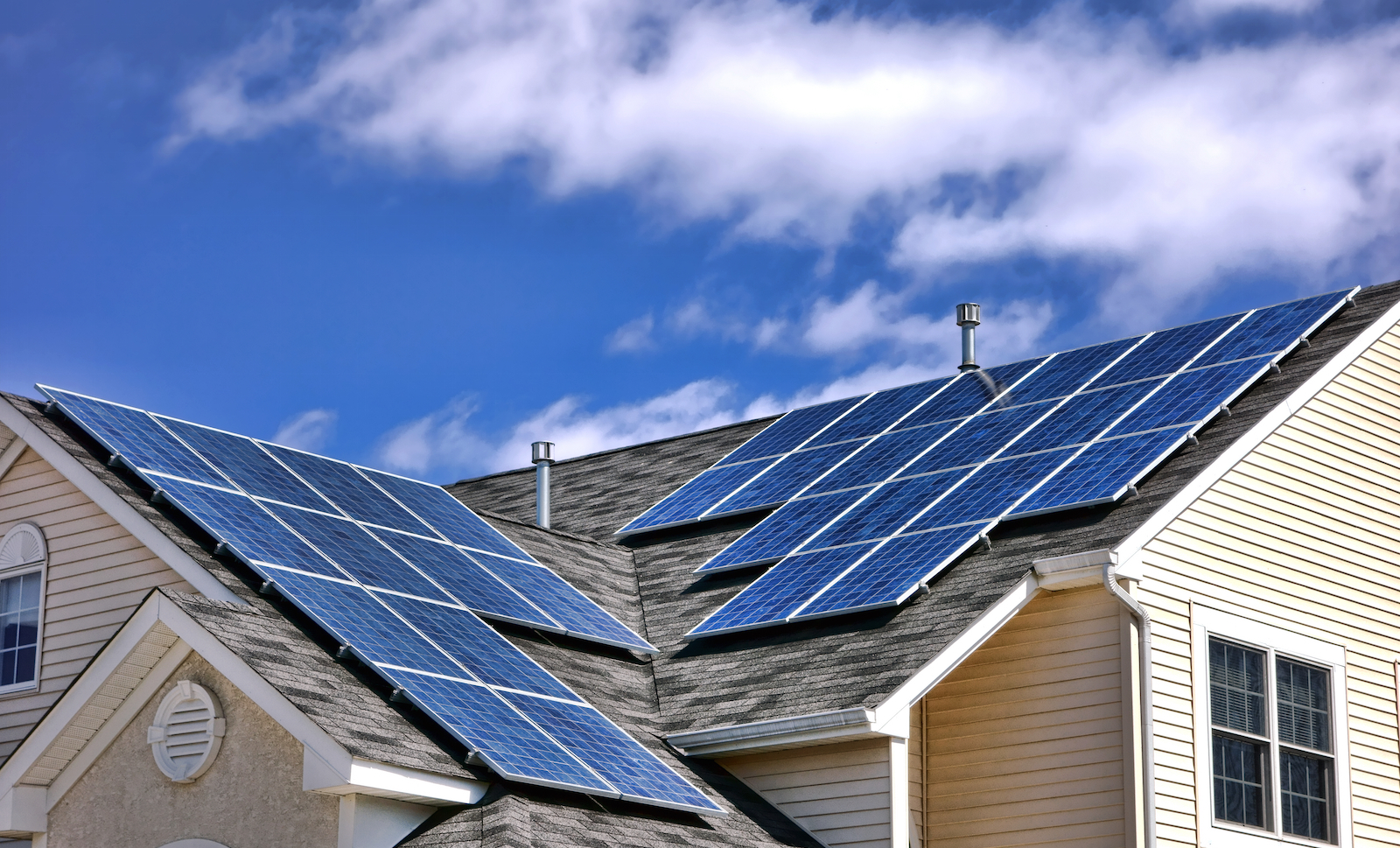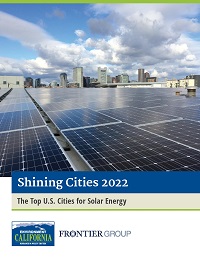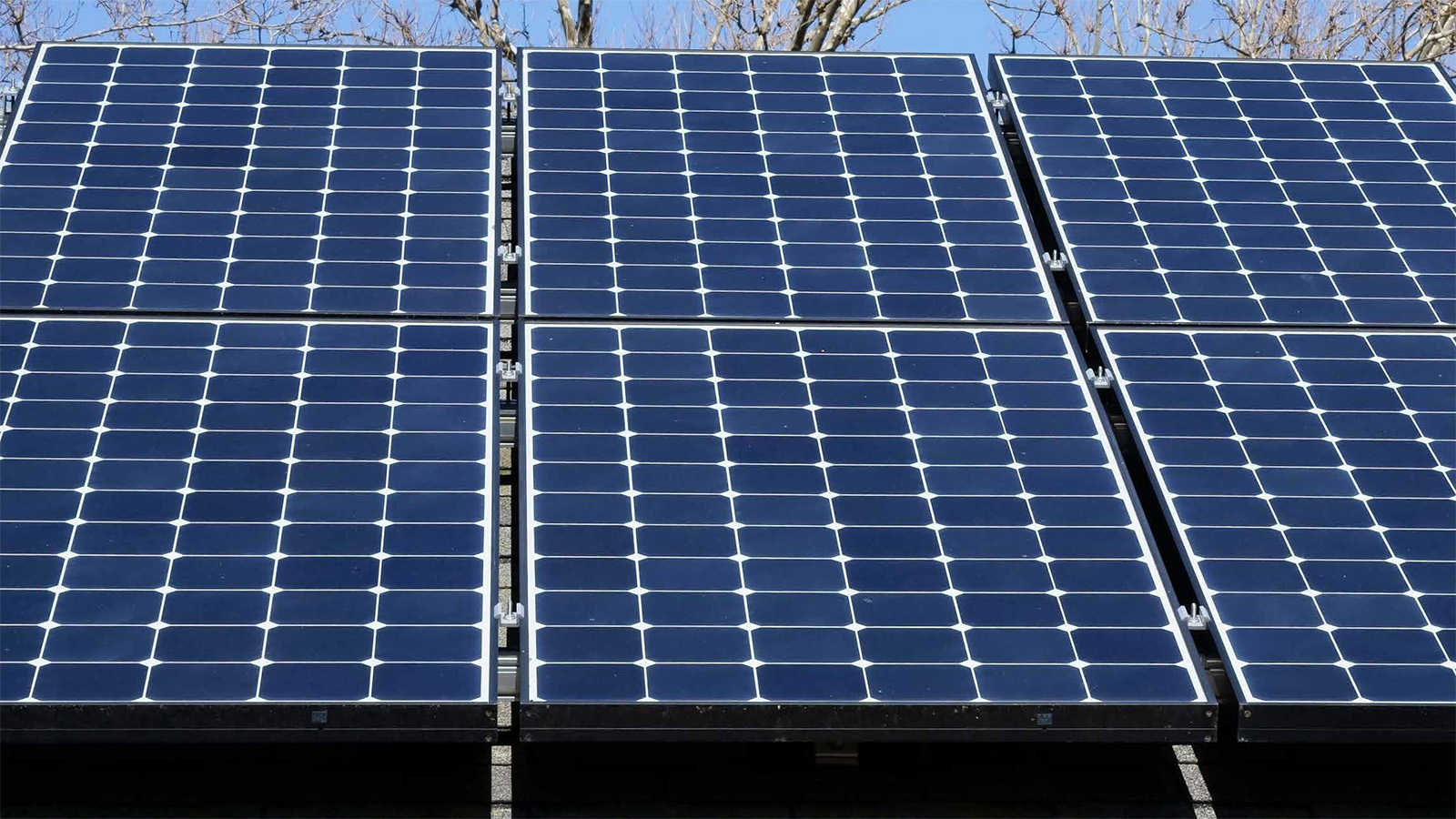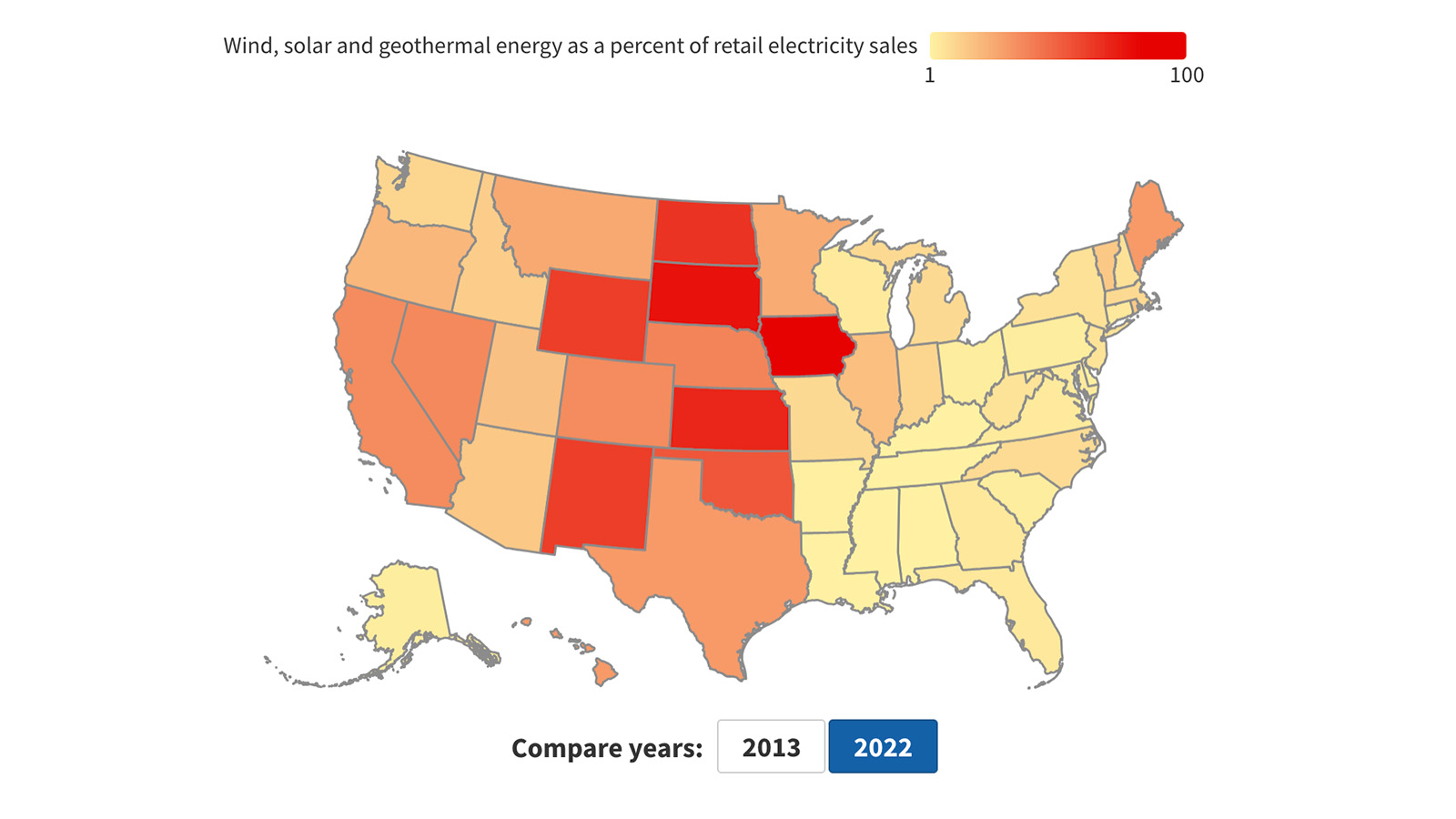
Shining Cities 2022
The Top U.S. Cities for Solar Energy
Solar power continues to expand rapidly. The United States now has 121.4 gigawatts (GW) of solar photovoltaic (PV) capacity, producing enough solar energy to power more than 23 million homes. Millions of Americans have invested in solar energy and millions more are ready to join them. America’s major cities have played a key role in the clean energy revolution and stand to reap tremendous benefits from solar energy. As population centers, they are major sources of electricity demand and, with millions of rooftops suitable for solar panels, they have the potential to be major sources of clean energy production as well.

Downloads
Our eighth survey of solar energy in America’s biggest cities finds that the amount of solar power installed in just nine U.S. cities exceeds the amount installed in the entire United States 10 years ago. Of the 56 cities surveyed in all eight editions of this report, 15 recorded a tenfold increase in their solar capacity between 2014 and 2022.
To continue America’s progress toward renewable energy, cities, states and the federal government should adopt strong policies to make it easy and affordable for homeowners, businesses and utilities to “go solar.” The cities with the most solar PV installed per resident are the “Solar Superstars” – cities with 100 or more watts of solar PV capacity installed per capita. Next are “Solar Stars” with over 50 watts per person. In 2014, only eight of the cities surveyed for this report had enough solar PV per capita to be ranked as “Solar Stars,” but now 34 cities have earned the title.
Los Angeles leads the nation in total installed solar PV capacity among all cities surveyed in this report, as it did from 2014 to 2016 and from 2018 to 2020, after briefly being topped by San Diego in 2017. Leading solar cities can be found in every region of the country. Leaders in per capita solar capacity by census region include Honolulu in the Pacific region, Las Vegas in the Mountain region, Indianapolis in the North Central region, San Antonio in the South Central region, Washington, D.C., in the South Atlantic region, and Burlingtonin the Northeast region.
Honolulu leads the United States for solar power per person among cities surveyed, followed by Las Vegas, San Diego, Albuquerque and San Jose. All of the “Solar Superstars” have experienced strong and sustained growth in solar energy and are setting the pace nationally for solar energy development.
Over the past few years, many states have considered or passed rollbacks to net metering – the critical practice of crediting solar energy customers for the excess energy they supply to the grid. Additionally, some states and utilities continue to target solar customers with special fees, charges and rate designs in order to reduce the appeal and financial promise of installing solar panels. These changes undermine the value of solar power and can stall cities’ development of their solar resources.
Topics
Find Out More


Recording of Rooftop Solar on the Rise webinar

Rooftop solar on the rise

